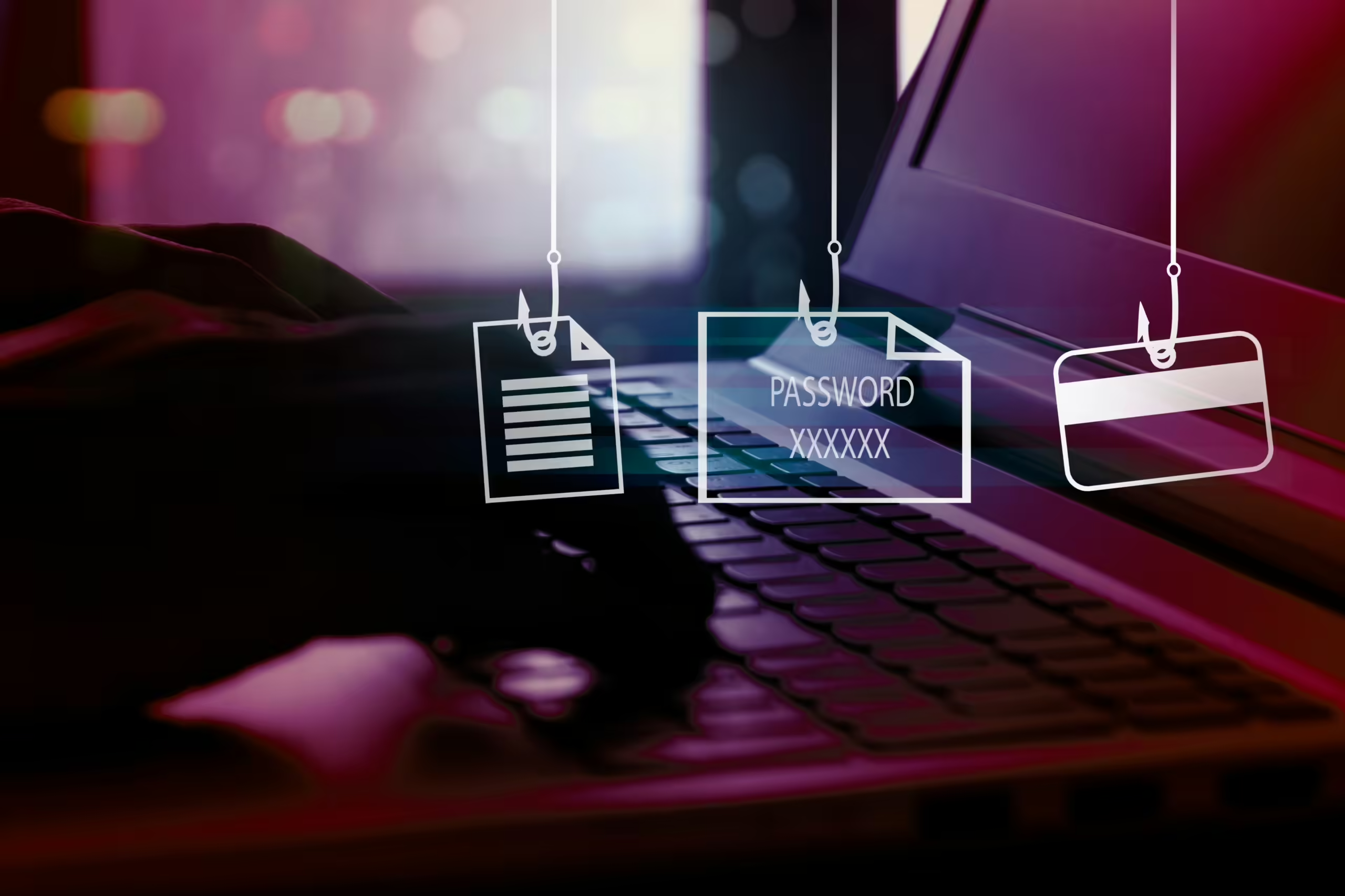BLOG
Tech Tips: How To Spot a Phishing Email

In our increasingly interconnected digital world, there is an almost constant threat of phishing attacks issued via email scams. This places an increasing demand for individuals to hone their skills in identifying deceptive emails. Spotting these types of cyber threats is crucial to safeguarding personal information and maintaining a secure online presence.
We have touched on the dangers of email scams before. As a tool to help you familiarize yourself with spotting and verifying fraudulent emails, we’ve compiled a guide to help you fortify your defences against digital deception.
How Do I Spot Phishing Emails?
-
Verify the Sender’s Identity
The first step in identifying a fake email begins with scrutinizing the sender’s email address. Authentic emails generally hail from reputable domains. Watch out for subtle misspellings or suspicious alterations that might reveal the email’s true nature. While the sender’s name may seem correct, always check the actual email address sending the email as well. Scammers often send phishing emails from suspicious domains that may seem like random numbers and letters, while not expecting you to look past the sender’s name.
These can include impersonating the name of someone within your organization, like a manager or director.
-
Analyse the Message:
Authentic communication is characterized by clarity and professionalism. A keen eye for grammar errors, awkward language, or an unusual tone can serve as a beacon that signals a potential phishing email.
Emails demanding urgent action or conveying threats should be approached with scepticism. Any email that requests a ‘cut off time for deposits/withdrawals’ or emails that instruct a user to buy gift cards of any type is generally fake. When in doubt, call the person requesting those items directly to verify over the phone using a number you’re familiar with.
-
Be Wary of Embedded Links:
Hovering over links without clicking is the digital detective’s way of unveiling the truth. Verify that the link aligns with its purported destination, as cybercriminals often employ masked URLs to redirect unsuspecting victims.
If you cannot verify that the links are legitimate without opening the link, stay on the safe side and do not open it.
-
Inspect Attachments:
Tread cautiously around unfamiliar attachments. Malicious files can harbour malware or ransomware, even if they look as innocent as a PDF or image file. Always confirm the legitimacy of the sender before downloading any mysterious files. If possible, always an antivirus service to scan the attachment before downloading it.
-
Personalization as a Clue:
Legitimate organizations personalize their communications. If you’re greeted with a generic salutation or an email devoid of any personal touch, it might be a sign of phishing. If there is a lack of a professional signature with verifiable information like a phone number, be wary.When there is a signature, keep an eye out for fake links or convincing, false contact information.
-
Stay Alert to Unexpected Requests:
Be on guard if an email solicits sensitive information such as passwords or financial details. Reputable entities typically refrain from such requests via email. Also be wary if the email requests information like payment dates, cutoff times for bank transactions, or any information that someone in your organization should already know.
Cybercriminals often employ urgency to manipulate victims. Emails pressuring immediate action without sufficient context should raise suspicions.
-
Stay Armed with Security Software:
One of the best ways to remain secure against phishing emails and other threats is by deploying robust antivirus and anti-phishing software. While many cyber incidents are caused by user failure or inadequate preparation against cyberattacks, having a good antivirus is one of the biggest steps towards identifying and thwarting malicious content. We recommend, as a bare minimum, starting your protection by beginning with Microsoft Exchange Online.
By embracing these practices, you embark on a journey of cyber resilience, arming yourself against the ever-evolving threat landscape. Stay vigilant, stay informed, and navigate your inbox with greater confidence against phishing threats.
If you would like more information on phishing threats, including assistance with testing your users with phishing simulations to fortify your company’s cyber security, give one of 10-100 Consultancy’s experienced technicians or sales associates a call today at 01908 087000.


